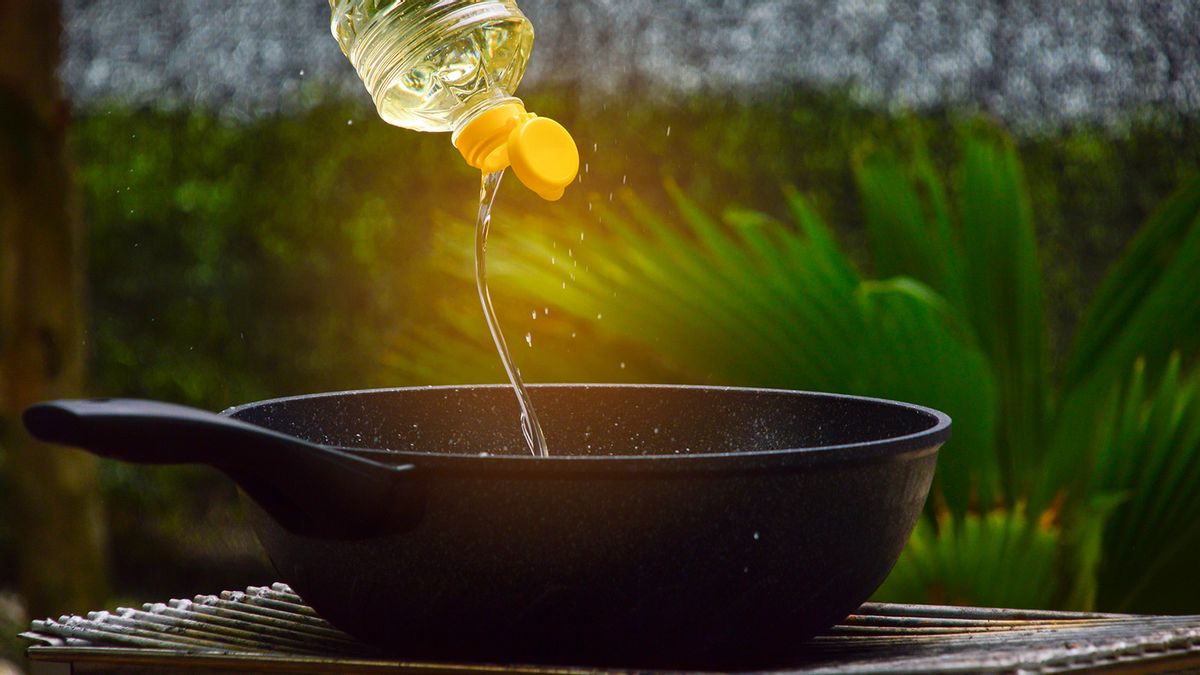A visit to the supermarket has turned into a stressful chore, ain’t it? How is one to choose from the glut of products? Think about this, you walk into the section for oils—all you want is a healthy cooking oil for your family—and what do you have? Mustard, olive, coconut, peanut, rice bran, vegetable, soya, rapeseed, kardi, safflower, sunflower, sesame, flaxseed, canola, blended, extra virgin, pure, organic…phew!
You cannot miss the ever-expanding choice of oils in the market over the past few years. The marketeers make it worse. They tell you this product has good fats, that one’s cholesterol-free. How do you make a healthy, informed choice?
First, know what makes a good oil
It is important to understand that no oil is completely made of one fat. They all are a combination of the three kinds of fats—Mono Unsaturated Fatty Acids (MUFA), Poly Unsaturated Fatty Acids (PUFA) and Saturated Fats (SF) in different percentages, based on the nut, seed or fruit from which the oil is derived. So it makes sense to use different oils, and not stick to just one kind.
Here’s a low down on the good oils that have been traditionally used in different regions of India. Take your pick!
1. Mustard oil—cancer protector, good fatty acid combo
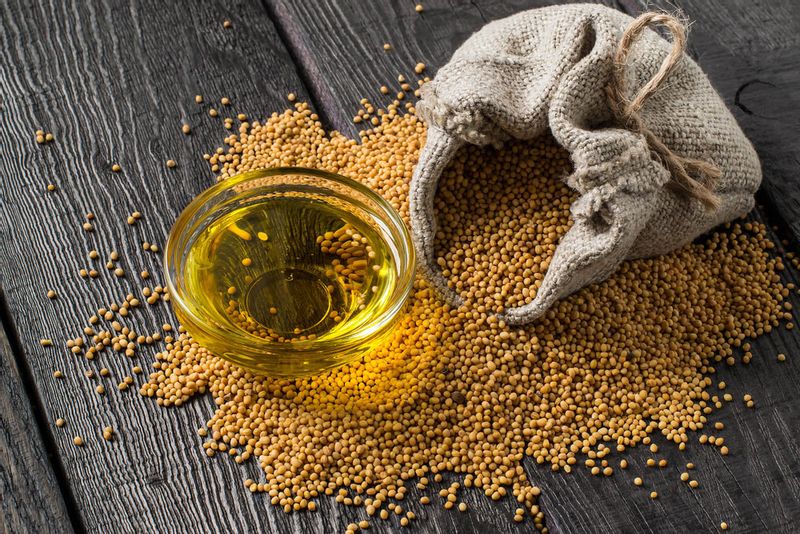
Used extensively in North and East India, mustard oil is an antibacterial agent and can fight bacterial infections in the colon, intestines and other parts of the digestive tract. The selenium in it helps cut inflammation in the body and is a cancer protector. Finally, it has low saturated fat in comparison to other cooking oils, is free of trans fats and cholesterol, and has a good fatty acids combination: about 60% MUFA, about 21% PUFA. This combination helps reign in bad cholesterol (LDL) and raise the good one (HDL), leading to better cholesterol balance in the body.
How to use: It is perfectly suited for Indian cooking as it has a high smoking point, which means it can be used for deep frying and high heat stir-frying without turning carcinogenic.
2. Peanut oil—cuts cholesterol, good for skin
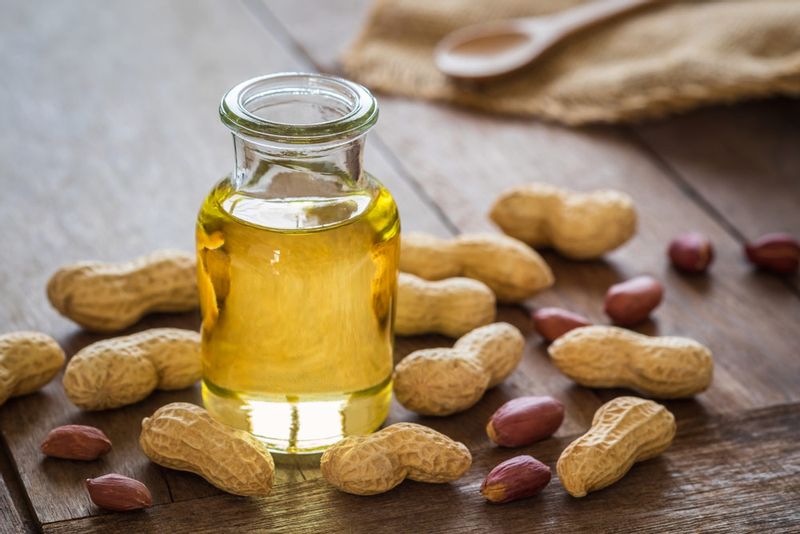
Peanut oil that Gujarat swears by has oleic acid, the ‘haloed' healthful fat that olive oil is famous for. This cuts cholesterol in the body helps fight inflammation and free radicals and is great for our skin too. It is a good source of vitamin E and resveratrol (that made wine famous), both powerful antioxidants that protect the body from free radical damage.
How to use: It is a good all-purpose oil for cooking and is well-suited to high-heat cooking methods.
3. Coconut oil—reduces hunger, increases fat burning
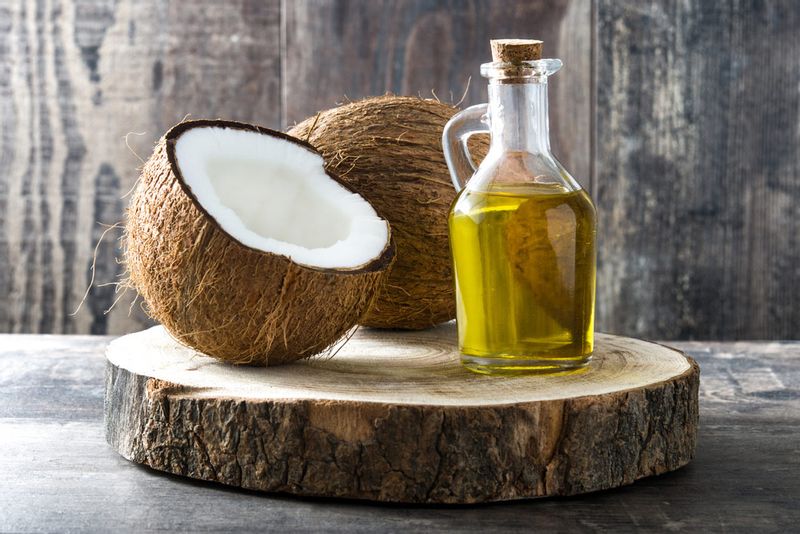
Consumed primarily in the southern states, coconut oil has unfortunately been the target of ill-advised nutritional pundits who panned it for its high saturated fat content. Then, following the discovery that the kind of saturated fat that coconut oil has (called MCT or medium-chain triglycerides), is believed to raise good HDL cholesterol, it suddenly became a superfood of sorts.
Now lately some people are questioning its goodness again. The truth is that the MCTs go directly to the liver where they are rapidly metabolized and are less likely to be stored as fat. Research also suggests that MCTs actually help reduce appetite and decrease our calorie intake, so coconut oil might work as a weight-loss tool! Plus lauric acid, found in coconut oil reduces levels of LDL or bad cholesterol and increases HDL or good cholesterol.
How to use: Unrefined or virgin coconut oil has a stronger taste and rich flavour, and it has not been subject to drying or chemical refining. The coastal belt of India uses it in cooking, to apply on skin and hair. Refined coconut oil can be used for cooking at high temperatures, such as frying foods.
4. Sesame oil—antioxidant and vitamin-rich
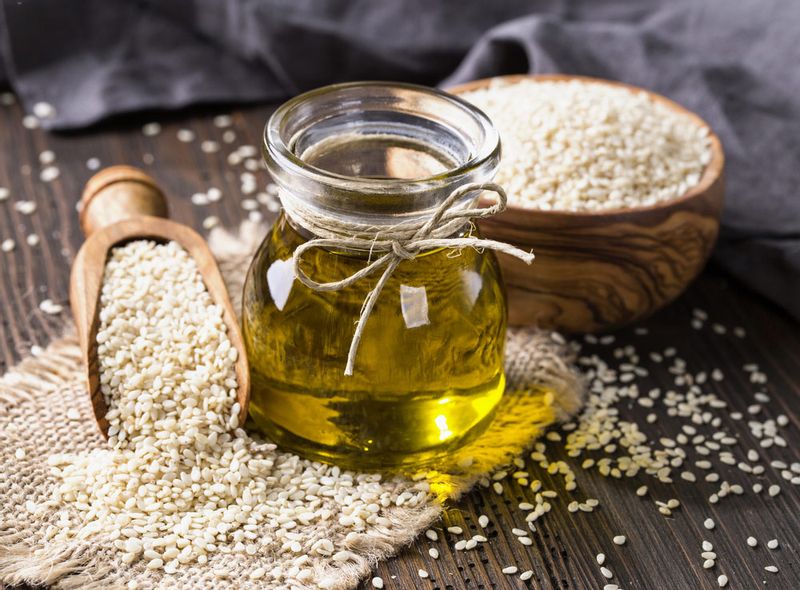
Used extensively in Andhra Pradesh, Telangana and Rajasthan, sesame oil comes in many colours and forms. Cold-pressed sesame oil is pale yellow, while Indian sesame oil (gingelly oil) is golden. The lighter ones pressed from untoasted seeds have a mild flavour and the darker oil has a nutty aroma so works well in stir-fries.
This oil is high in PUFA and contains magnesium (a key nutrient known to help lower blood pressure), copper, calcium, iron and vitamin B6. Sesame oil also delivers a good amount of anti-oxidants vitamin K and E. Sesamin, a compound that occurs naturally in this oil helps lower cholesterol levels too.
How to use: This oil should not be heated for too long.
5. Rice bran oil—some good fats, but high processing
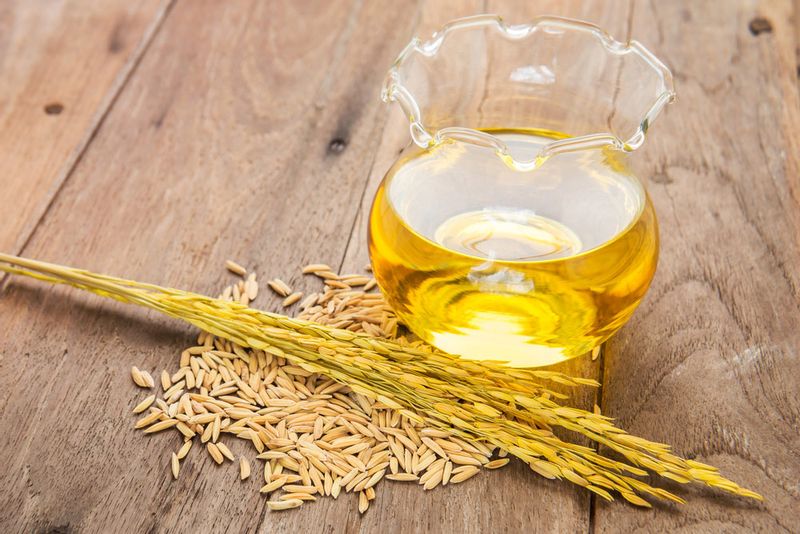
Fairly new oil on the block, it is made from the outer layer (bran) of the grain of rice. It has a chemical called oryzanol which keeps cholesterol in check. It is high in MUFA and has a fair amount of PUFA, and lots of heart-healthy vitamin E.
The downside is that this is not a cooking oil that was traditionally used anywhere in the world, and it takes a highly industrialized process to manufacture it which likely alters the natural quality of (the (37%) polyunsaturates.
How to use: It has a mild flavour and is neutral in taste, and has a high smoking point so works well for Indian cooking and deep-frying.


